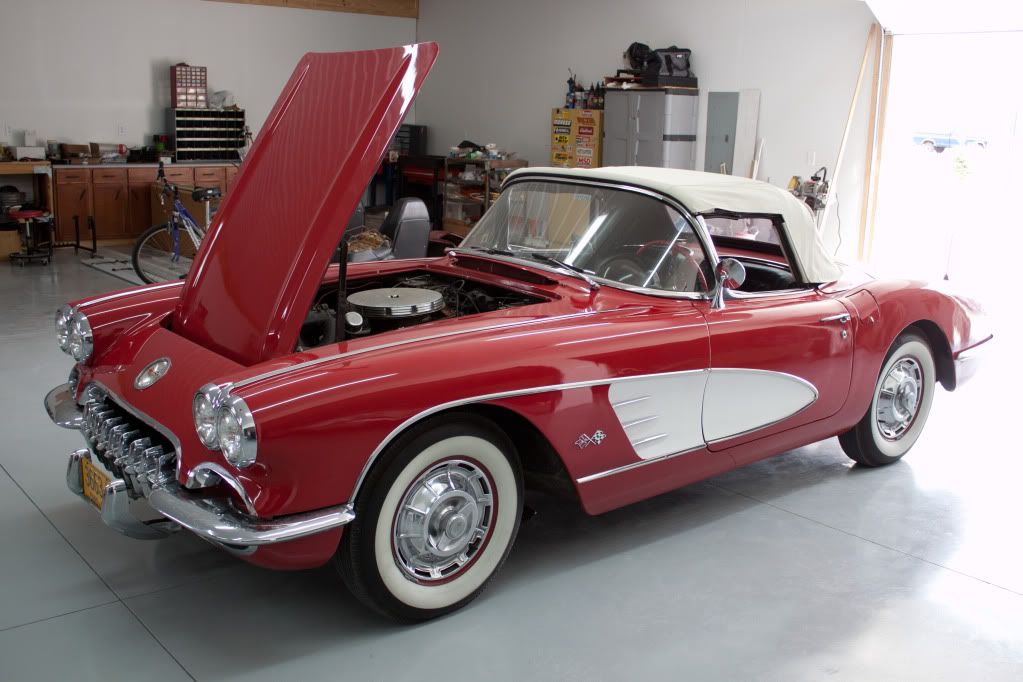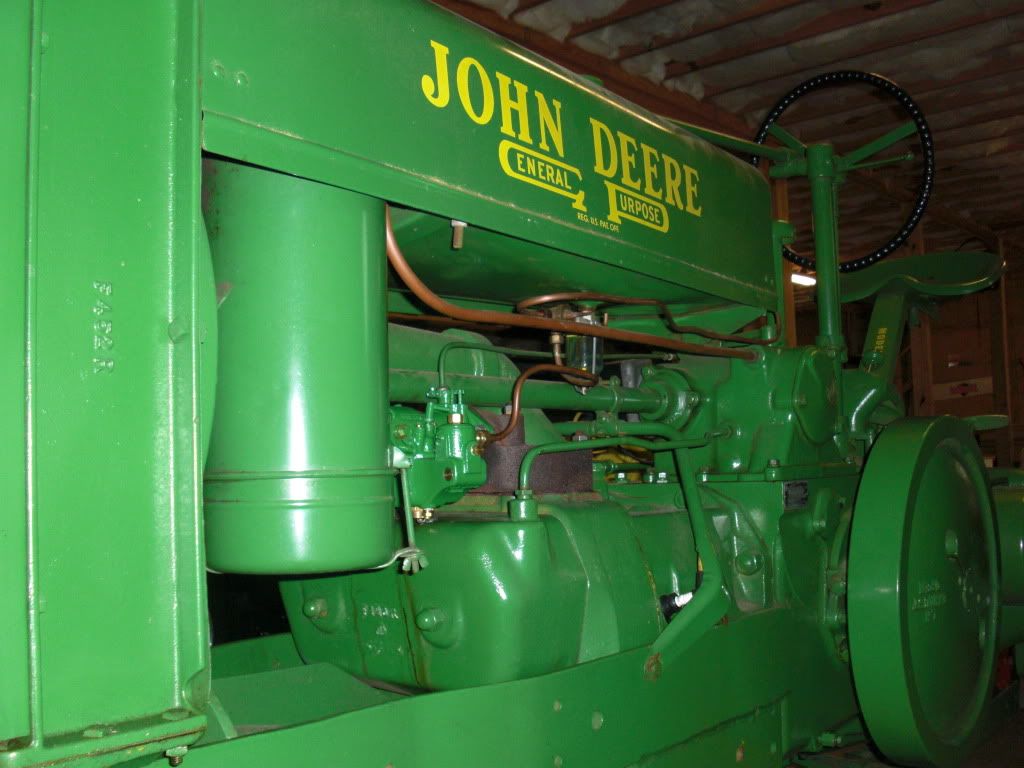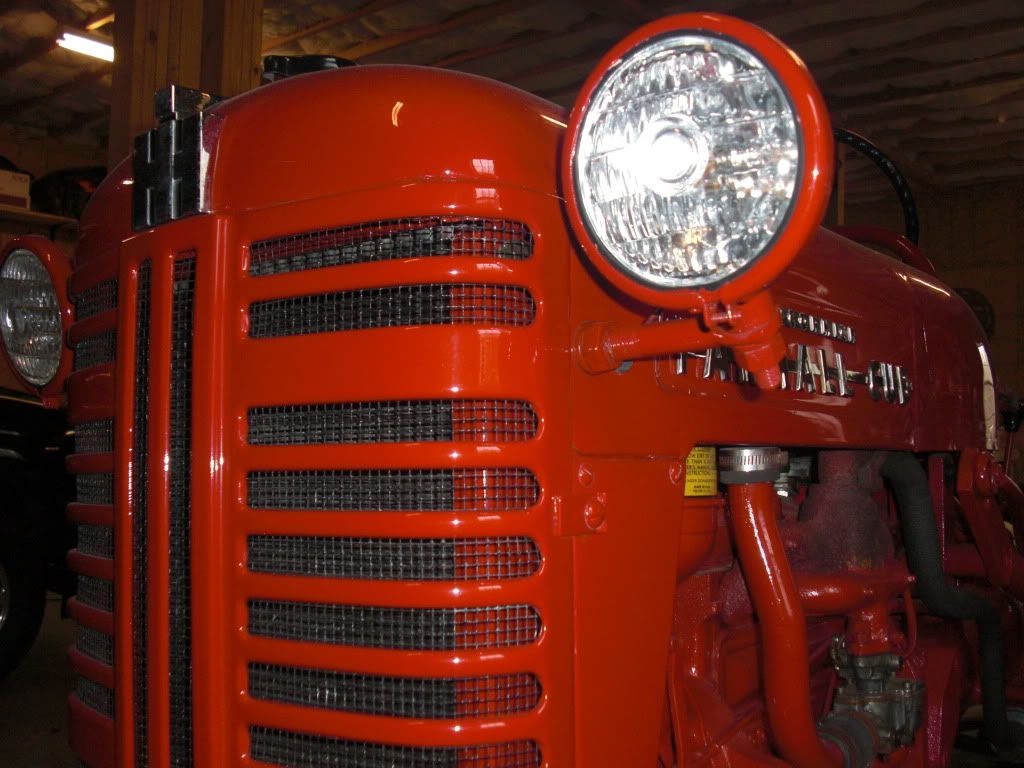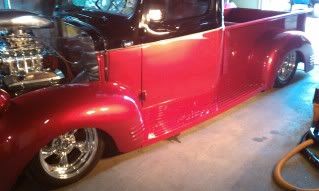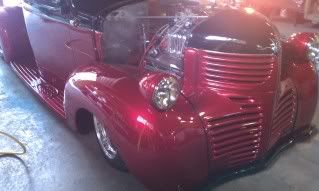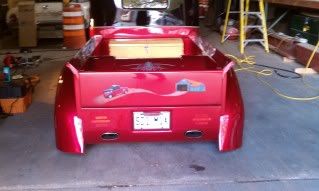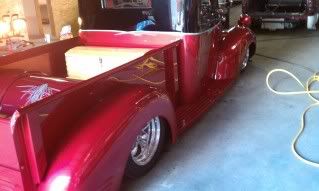The Secret of Number Seven
There is a way to restore single stage paints that is non-abrasive and as gentle as you can get using a product that’s been around since early paints were formulated. That product is called Meguiar's Mirror Glaze
#7 Show Car Glaze.
#7 Sealer Reseal Glaze = Show Car Glaze
Here’s a photo of a few bottles of #7 from my car wax collection. I have some older bottles from before WWII, but this picture shows the transition from when the name changed from Sealer and Reseal Glaze to Show Car Glaze.
(Click
here for a larger picture)
The glass bottle on the left hand side is
post-WWII. You can identify glass bottles as pre-WWII or post-WWII by the name on the label. Pre-WWII bottles will say Mirror
Bright on the front label and post-WWII bottles will have Mirror
Glaze on the bottle. This has to so with a posterity program instigated by the U.S. Government at the start of World War II which prevented companies from raising prices on
existing products; because the cost of raw materials were increasing due to the war a lot of companies couldn’t make a profit under the new regulations so to get around them they would introduce a
new product line at a higher price point. These could be the same physical products but introduced as a new product line by giving the products different names.
#7 Show Car Glaze as it’s called today is what’s referred to as a non-abrasive pure polish, it’s not for abrading paint but instead for maintaining paint and creating a beautiful finish. There’s a lot of confusion over this product and any product that uses the word
polish in the product's name or on the label because the word polish is usually interpreted to mean some type of
abrasive product as in a rubbing or polishing compound. While that might be true for some products it’s not true for this product.
Sometimes I have to remind people that #7 has been around long before plastic was invented, thus the glass bottles. The plastic "cylinder" bottle you see below, (just to the right of the glass bottle), was the first plastic bottle used for #7 and was introduced I think in the late 1950's, maybe early 1960's.
The 4th bottle from the right shows when they changed the name from
Sealer Reseal Glaze to Show Car Glaze primarily because as our lingo changed in the car appearance world. People were confusing the word "Sealer" with the word "Sealant" and M07 is
water-soluble. Hopefully everyone reading this can understand why that kind of confusion could be a problem in the enthusiast or consumer market.
The third bottle from the right shows the label during the transition when the name was changed. If you look closely under the words ShowCar Glaze it reads,
(Same as Sealer and Reseal Glaze)
Transition Label Circa Late 1980's or 1990's
Just in case you don’t understand why there was some confusion over the use of the word "Sealer" here’s why; a paint
sealant is for
protection and should last through inclement weather and repeated car washings. #7 is water soluble; that means it will break down in inclement weather or with repeated washings. It offers no lasting characteristics. It’s not supposed to be a paint protectant, but a glaze that’s safe for use on fresh paint and will give paint a wet-look.
The name
sealer and reseal glaze came from it's ability to
hide or mask hairline scratches temporarily, or in other words it would
seal hairline scratches and as it wore off and was re-applied it would
reseal, or re-hide hairline scratches.
In todays detailing lingo
hairline scratches =
swirls.
#7 has no protection ability and no lasting ability. So when the word sealant became more commonly used in the car wax market
people were confusing the word sealer with sealant and purchasing and using the product thinking it was a paint sealant that would last for a long time and protect for a long time when in fact it's nickname is
Queen-For-The-Day, in that car guys would wipe their car down with #7 to give it the wet-look for the day of the big car show but the first time the car is washed the extremely wet look the product would impart to paint would disappear as the water soluble oils would wash off with the rinse water.
Anyway, the name was changed sometime in the early 1990’s as back in the 1980’s and continuing through to even today, a lot of “paint sealants" have been introduced in the car appearance market to compete along side Carnauba car waxes. So to avoid confusion the name was changed to reflect, (no pun intended), what this product is and has been famous for over the last century and that’s create a deep, wet shine on show cars.
Bringing the dead back to life...
Besides being used as described above, #7 is also famous for its ability to revive dead, oxidized single stage paints. This has to do with the unique
feeder-oil formula created by Frank Meguiar’s Jr. back in the early days of Meguiar’s which was also the early days of the Automobile. Meguiar’s was founded in 1901 and for perspective, only a few years earlier in 1886, Karl Benz was awarded a patent for a gas-fueled car and it wasn’t until 1908 that Henry Ford introduced the Model T.
I don’t know exactly when #7 was introduced but I think sometime in the early 1920’s, like 1923 or 1924. While #7 may have been introduced in the 1920’s, the formula that became #7 was around even earlier, possibly back to 1901. Here's a collection of 4 very old Mirror Bright polishes; it is my opinion that the formulas used in these products were pre-cursors to what became #7 Sealer and Reseal Glaze.
Photos Courtesy of MeguiarsOnline.com

